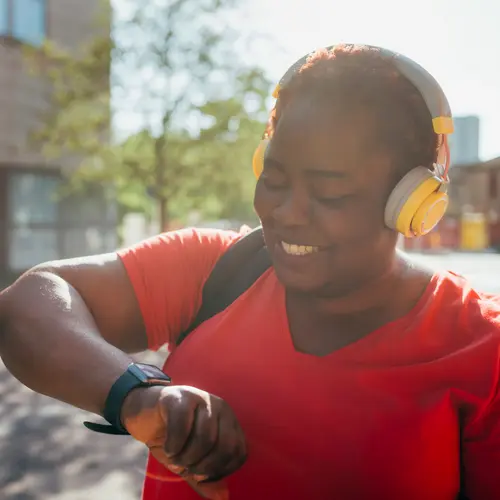Diabetic retinopathy is a common and potentially disabling long-term complication of diabetes. This condition arises when elevated levels of blood sugar damage the tiny blood vessels that supply oxygen and nutrients to the retina, the part of the eye that detects light. Typically, both eyes are affected.
Retinopathy can also lead to glaucoma, increased pressure within the eye that can further threaten vision. Untreated, retinopathy can lead to progressive and irreversible vision loss. This condition is the leading cause of blindness in people between the ages of 20 and 60. But if retinopathy is diagnosed early, blindness can be prevented. Although many people with diabetes develop impaired vision, fewer than 5% suffer severe vision loss.
For a person who has diabetes, the risk of developing retinopathy is directly related to the length of time they've had diabetes. Both type 1 and type 2 diabetes can lead to retinal damage. Although retinopathy usually does not appear for approximately five years after a type 1 diabetes diagnosis, it may already be present when type 2 diabetes is diagnosed. After 15 years of having diabetes, 98 percent of those with type 1 diabetes and 78 percent of those with type 2 have some degree of retinal damage.
Symptoms of Diabetic Retinopathy
Diabetic retinopathy is usually silent. Severe and permanent retinal damage can occur before you notice any of the following symptoms:
- Blurred vision that does not improve with glasses
- Vision that worsens, improves, then worsens again
- Sudden loss of vision, particularly following events such as coughing or sneezing
- Seeing "cobwebs," "spots," or a "hole" in your field of vision
- Eye pain

